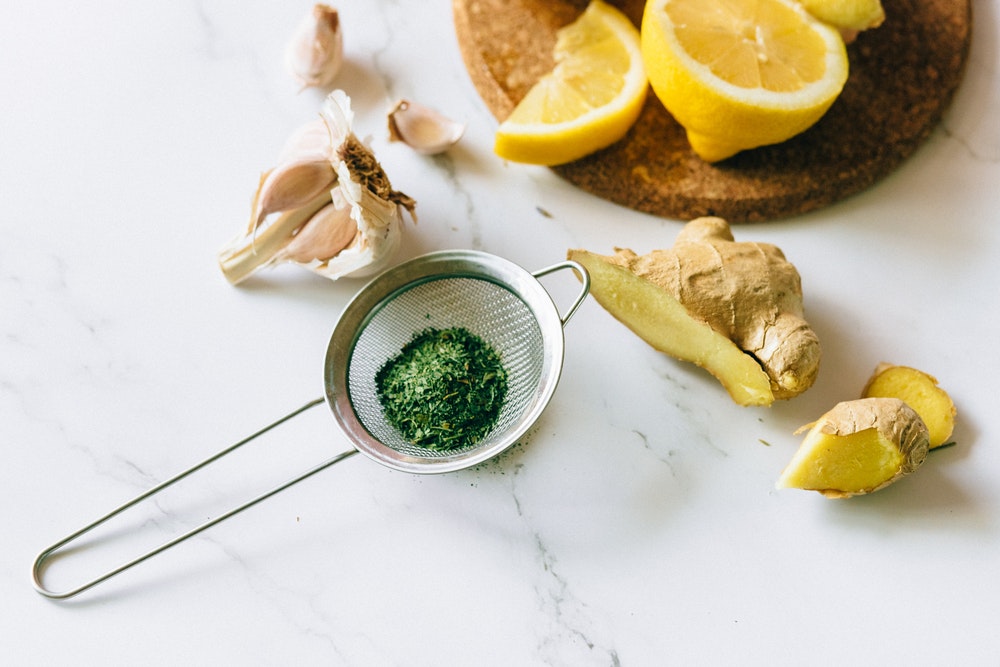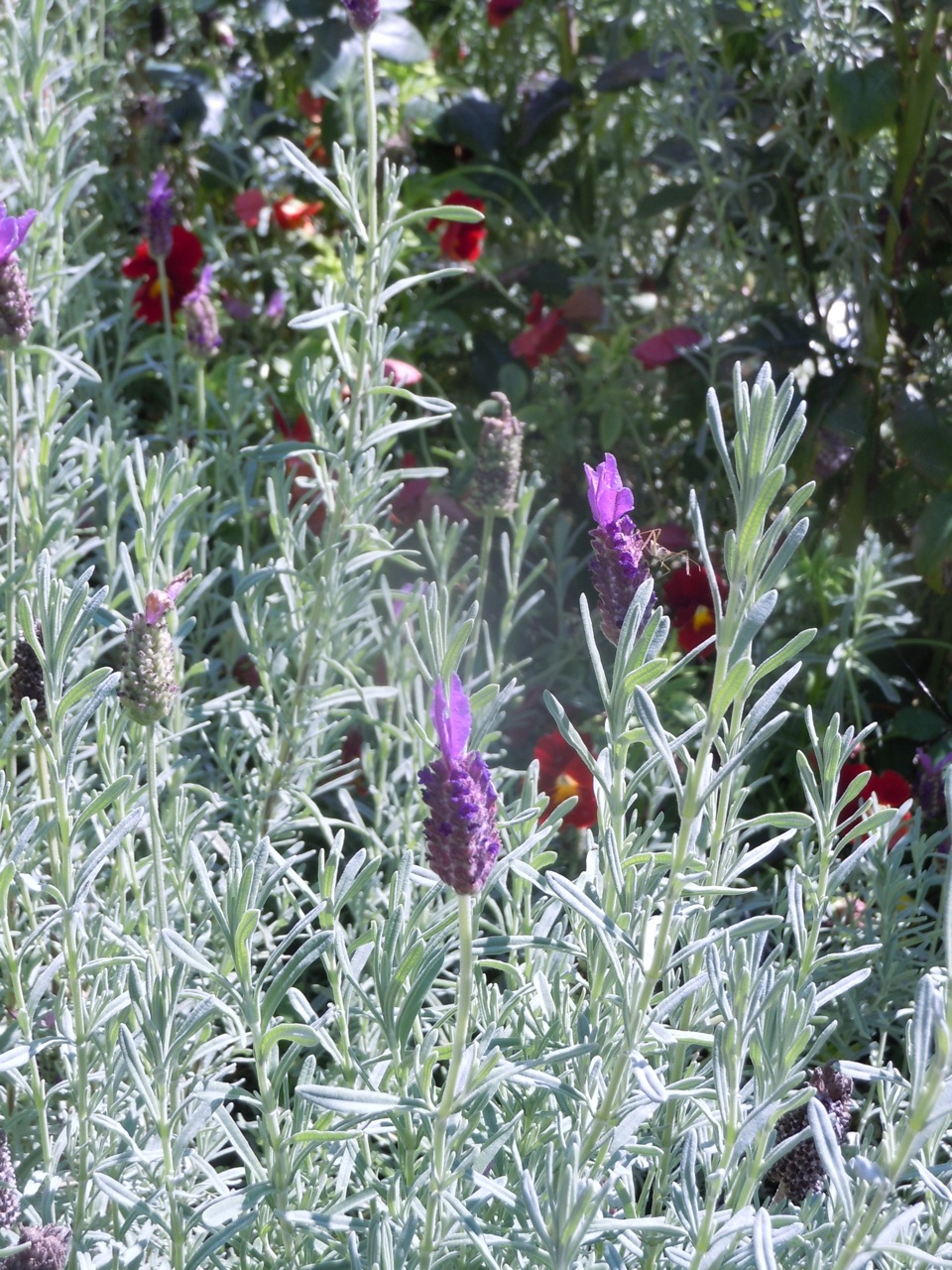FIND WELLNESS HERE → Soul-2-Wellness
Hello, and thank you for your interest in the Soul-2-Wellness Radio Show! Beginning December 5,...
Read Moreby Cathy Thurman | Nov 20, 2023 | Health & Wellness, VoiceAmerica | 0 |
Hello, and thank you for your interest in the Soul-2-Wellness Radio Show! Beginning December 5,...
Read Moreby VoiceAmerica | Dec 16, 2021 | Health & Wellness | 0 |
Since ancient times herbs have been used and consumed for their medical benefits. Consuming herbs...
Read Moreby VoiceAmerica | May 20, 2015 | Empowerment | 0 |
Digging Deep for May By Cynthia Brian B.F.F.âs (Best Friends Forever) âBe careful the...
Read Moreby VoiceAmerica | Oct 10, 2013 | Empowerment, Health & Wellness | 0 |
&nbs...
Read More




